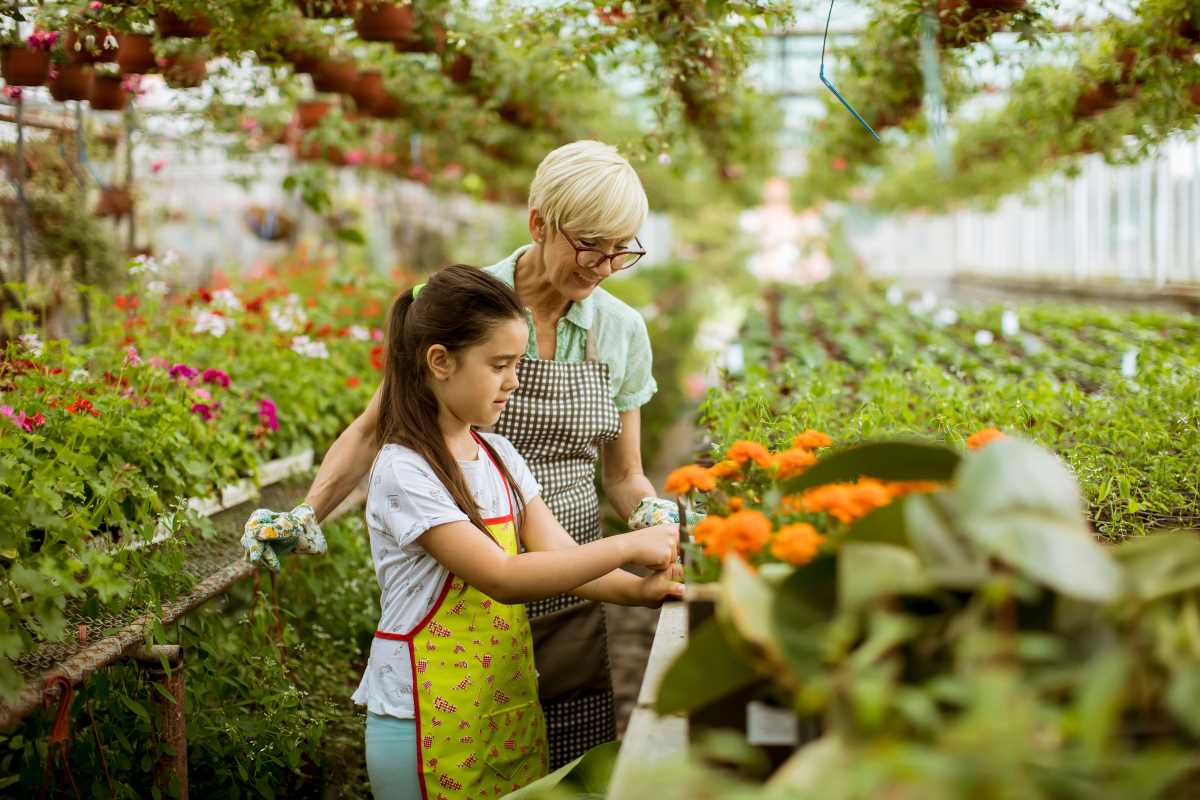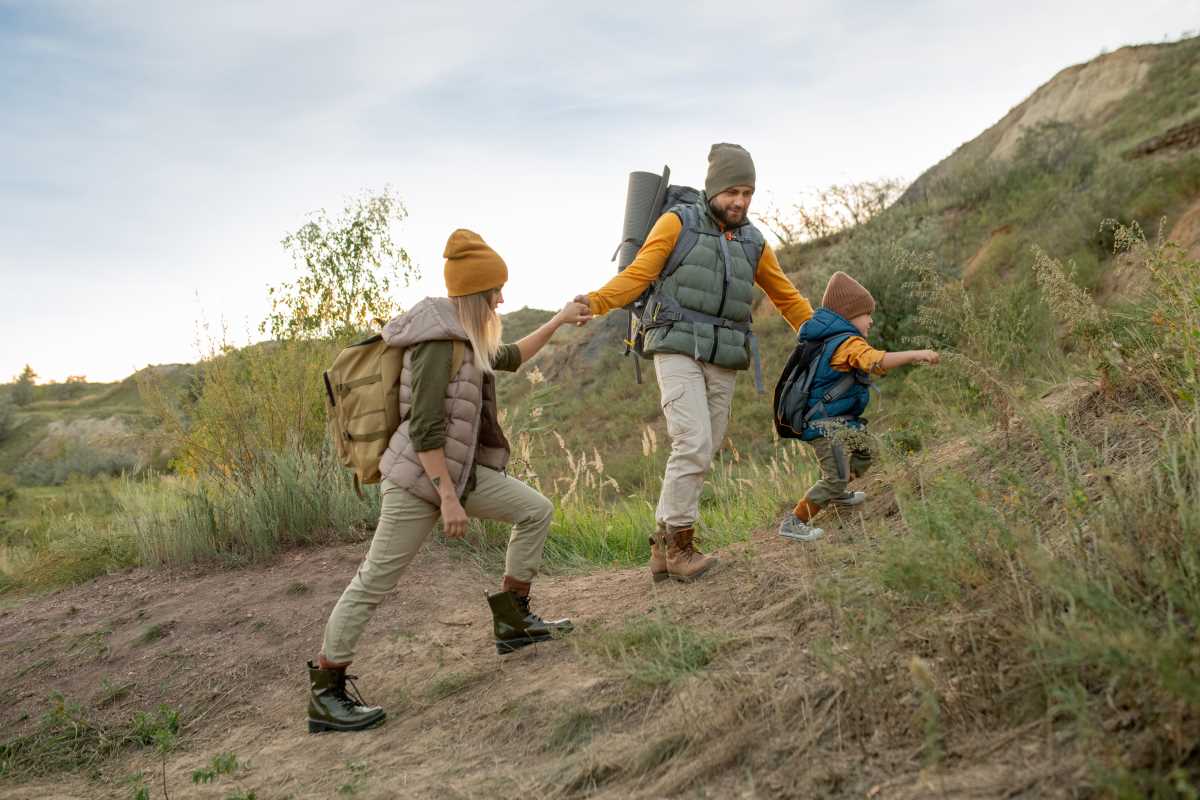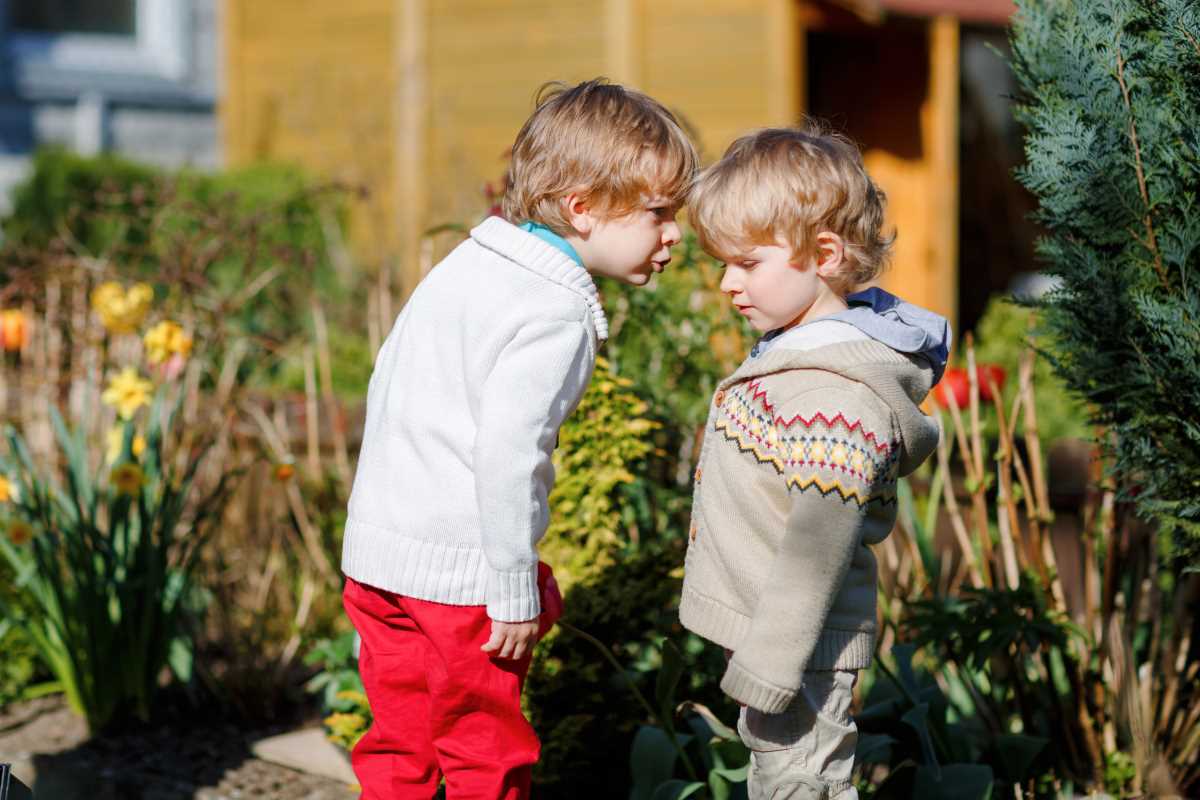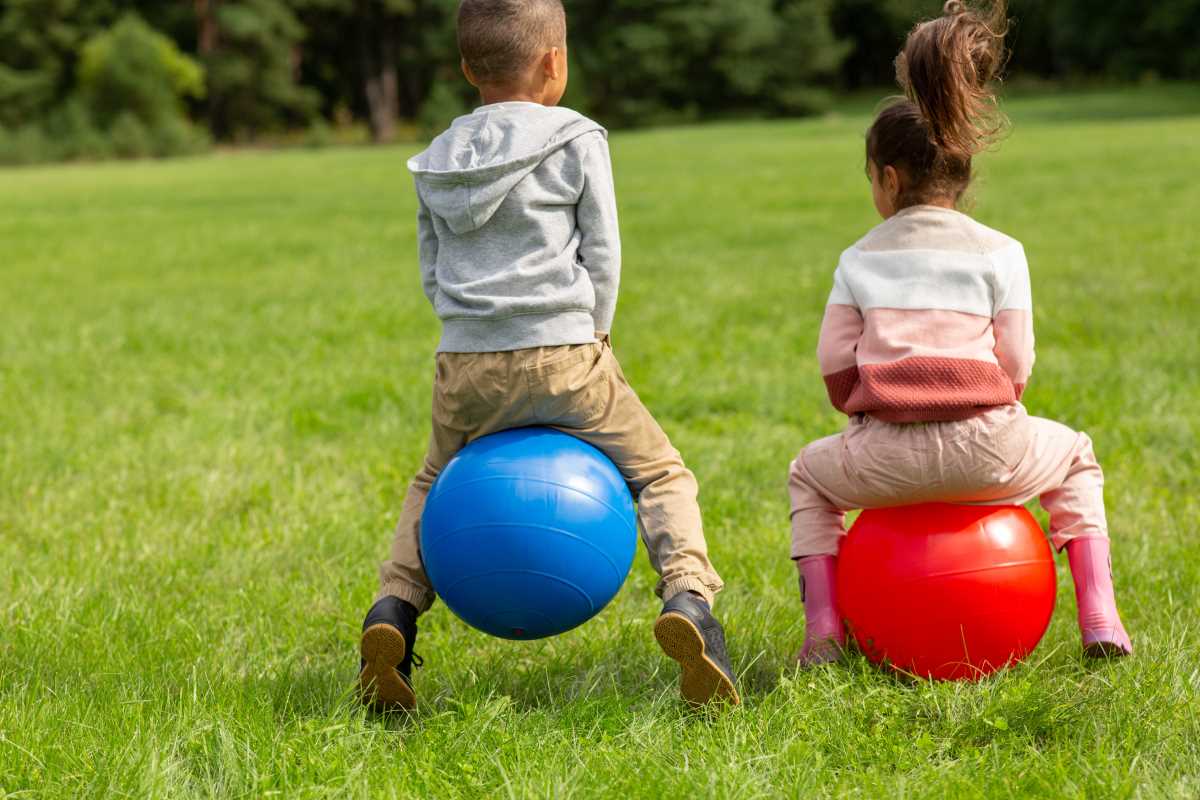Parenting is a journey of teaching, guiding, and preparing our children for the world. What if we could also teach them how to protect it? Eco-conscious parenting is all about weaving sustainable habits into the fabric of family life, creating a generation that values and actively cares for our planet. It’s an exciting and hopeful path that shows how small, everyday actions can create a massive positive ripple effect.
Ready to raise a green family? This guide is packed with practical ideas to help you integrate sustainability into your daily routines. From reducing waste in the playroom to fostering a deep love for the great outdoors, you'll find simple, powerful ways to make a difference. Let’s explore how you can inspire your kids to become champions for the environment!
Start with the Three R's: Reduce, Reuse, Recycle
The classic "three R's" are the foundation of a sustainable lifestyle, and they are wonderfully simple concepts to teach children. Making this a part of your family's core values can have a lasting impact.
Reduce: Less is More
The most effective way to manage waste is to create less of it in the first place. This principle can be applied to nearly every aspect of family life.
- Mindful Consumption: Before buying a new toy or gadget, ask, "Do we really need this?" Encourage a "one in, one out" policy for toys to prevent clutter and overconsumption.
- Ditch Disposables: Swap single-use items for reusable alternatives. Think cloth napkins instead of paper, reusable water bottles and snack bags for school lunches, and rechargeable batteries.
- Go Digital (When Possible): Opt-out of junk mail and switch to paperless billing. This small step saves trees and reduces clutter in your home.
Reuse: Give Items a Second Life
Teach your children that "done" doesn't mean "garbage." Creativity is your best friend when it comes to reusing items.
- Creative Crafting: An empty oatmeal container can become a drum, and glass jars can be decorated to hold crayons or flowers. Keep a "maker box" filled with clean recyclables like cardboard tubes and plastic bottles for endless crafting fun.
- Hand-Me-Downs and Thrifting: Embrace the world of secondhand! Clothes, books, and toys can all find a happy new home with younger siblings, cousins, or through local donation centers. Thrifting for clothes can be a fun treasure hunt for the whole family.
- Upcycle and Repair: A torn pair of jeans can become cool cutoff shorts. A wobbly chair can be a fun family project to fix and repaint. Involving kids in repairing items teaches them valuable skills and shows them that things are worth saving.
Recycle: Closing the Loop
Recycling is a tangible way for kids to see their efforts make a difference. Make it an easy and engaging process at home.
- Set Up a Recycling Station: Use clearly labeled bins for paper, plastic, and glass. You can even have your kids help decorate them.
- Make it a Game: Turn sorting into a fun game. Who can correctly sort the items the fastest?
- Learn What's Recyclable: Different communities have different rules. Take a few minutes to look up local guidelines with your kids so you can be recycling experts together.
Greening Your Home and Habits
Building an eco-conscious home goes beyond the recycling bin. It’s about the products you choose and the daily habits you cultivate together.
Choose Eco-Friendly Products
The market for sustainable family products has exploded, making it easier than ever to make green choices.
- Toys and Gear: Look for toys made from sustainable materials like wood, bamboo, or recycled plastic. Many companies are now focused on creating durable, eco-friendly products that last.
- Diapering: If you're up for it, cloth diapering has come a long way and is a fantastic way to reduce landfill waste. If disposables are a better fit for your family, look for brands that use plant-based materials and are free of harsh chemicals.
- Cleaning Supplies: Create your own simple cleaners with vinegar, baking soda, and water. It saves money, reduces plastic waste, and keeps harmful chemicals out of your home.
Conserve Natural Resources
Teaching kids about conservation helps them understand that resources like water and electricity are precious.
- Water Wise: Challenge your family to take shorter showers. Make it a rule to turn off the tap while brushing teeth. A single, simple habit can save gallons of water every day.
- Energy Experts: Appoint your child as the "Energy Sheriff" in charge of turning off lights when leaving a room. Unplug electronics when not in use to combat "phantom power" usage.
- Grow Your Own Food: Even a small pot of herbs on a windowsill or a single tomato plant on the patio can teach kids about where food comes from. It fosters a connection to their food and the earth.
Cultivate a Love for Nature
The most powerful way to raise an environmentalist is to help them fall in love with the environment. When children feel connected to nature, they are more likely to want to protect it.
Get Outside and Explore
Make outdoor time a priority. It doesn't have to be an epic hike; a simple walk in a local park or digging in the backyard is just as valuable.
- Nature Scavenger Hunts: Create a list of things for your kids to find, like a smooth stone, a feather, a Y-shaped stick, or a specific type of leaf.
- Observe Wildlife: Watch the birds in your backyard, follow a trail of ants, or visit a local pond to see the ducks. Bring a magnifying glass to get an up-close look at insects and flowers.
- Play in All Weather: Don't let a little rain stop you! Splashing in puddles or looking for rainbows can create some of the best childhood memories.
Lead by Example
Your actions speak louder than any lecture. When your children see you making conscious choices, they will internalize those values. Talk about why you choose to bring reusable bags to the grocery store or why you're starting a compost pile. Express your own appreciation for a beautiful sunset or a towering tree. Your passion is contagious!
 (Image via
(Image via





